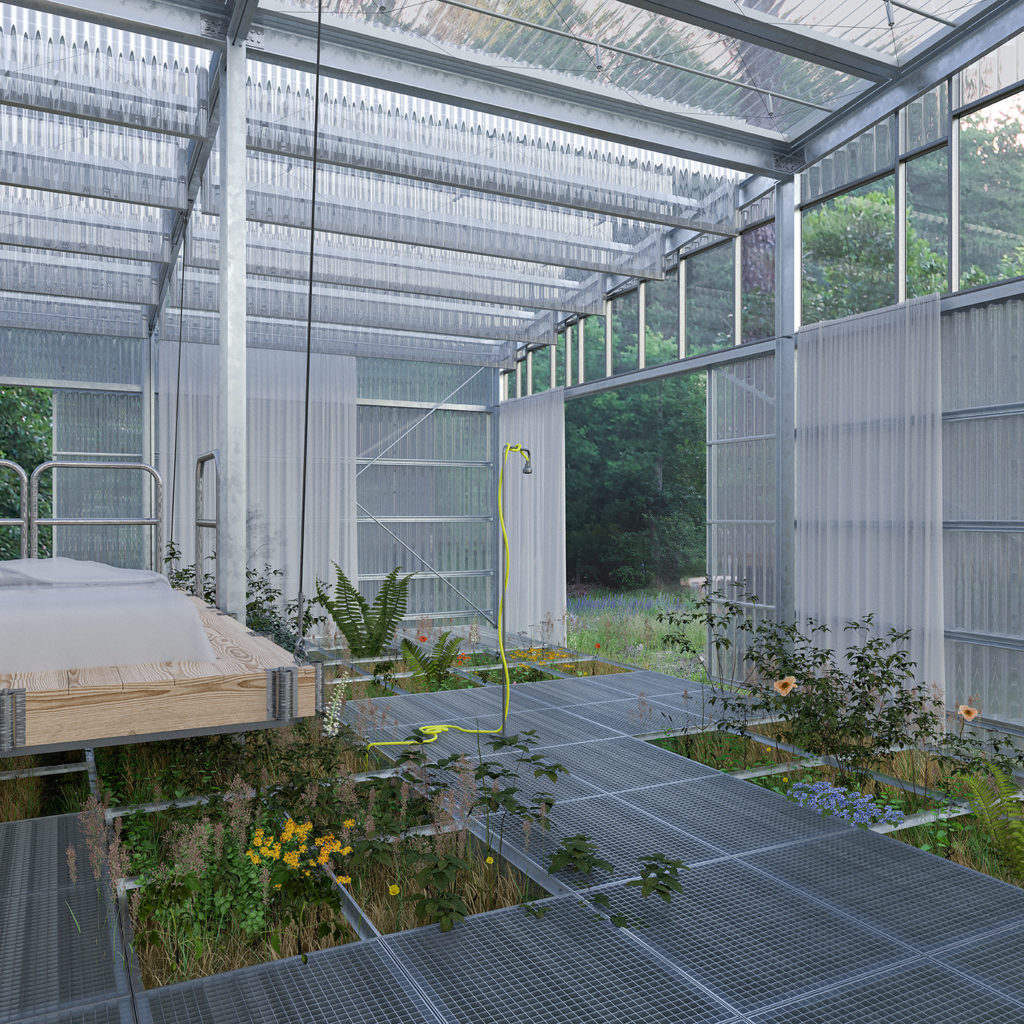
Knowledge as ever changing – Architecture as ever changing
Josephine Harold & Justus Schweer
What Sabine Oberhuber and Thomas Rau expressed concerning future conditions of architecture and beyond, voiced Earth’s own interment while being weirdly liberating: “We understand that everything is limited in space and in time; especially our needs and their possible answers. We understand that architecture is only a temporary response to a temporary need.”1 An […]
What Sabine Oberhuber and Thomas Rau expressed concerning future conditions of architecture and beyond, voiced Earth’s own interment while being weirdly liberating: “We understand that everything is limited in space and in time; especially our needs and their possible answers. We understand that architecture is only a temporary response to a temporary need.”1
An ever-changing world, where spatial and temporal responses are a result of a continuous fluctuation of learning and knowledge layering over time.
When Galileo’s observations contradicted that of Aristoteles, compromising Earth’s position in the center of the universe, the first major shift in a spatial understanding against established social institutions occurred. And while the scale and repercussions of such a discovery go beyond our comprehension, the example modifies our perception of knowledge and therefore, reality.
Because our physical and theoretical surroundings are constantly constructed and reconstructed, we recognise knowledge as ever cumulative, data from the past informing our evolving futures.
Entering the friction of spatial and temporal knowledges, we aim to understand and penetrate current binaries between institutional buildings and transfer of knowledge. Factors like space production, learning processes and the dualism of teacher and student need to be made visible.
Architecture, cooperation and zones of conflict can be actors to promote transfer of knowledge. Do they sustain life forms or are they a self-centered materiality? The project installs an adaptable and resilient system that is able to address challenges of many kinds of futures.
The idea that all – human and non-human – actants and their influence on each other is made visible, opens up new spaces of learning and knowledge production in understanding each other’s condition.
Institutional spaces only partially cover the processes in which knowledge is transferred, yet overrepresented in educational relevance. We seek to strengthen non-institutional spaces. The new spaces of learning find themselves in a feedback loop where they are constantly being reevaluated based on social potential and spatial construction. This acknowledges and blurs the border of intellectual property that is gathered in daily life, while being harvested by institutions. We acknowledge the fact that most space productional processes happen without being touched by anything taught in architecture schools. As architects and spatial planners we therefore need to question the scale on which our academic diplomas are weighed, by decentralizing responsibility and carefully shaping an attentive approach to the living environment that is continuously constructed both by us, and not us.
The video can be understood as an introduction to parameters that define space production as much as our current curriculum contains. In the form of chapters – connectivity, law, nutrition, materiality and knowledge – a space in Brandenburg is watched through an experimental lens. Neither the architectural proposal that followed this research, nor the plot itself, serve simply as the area of application for energy, metabolistic and production processes, but by connecting them becomes a new type of comprehensive research and space producer itself: an actant with an agenda.